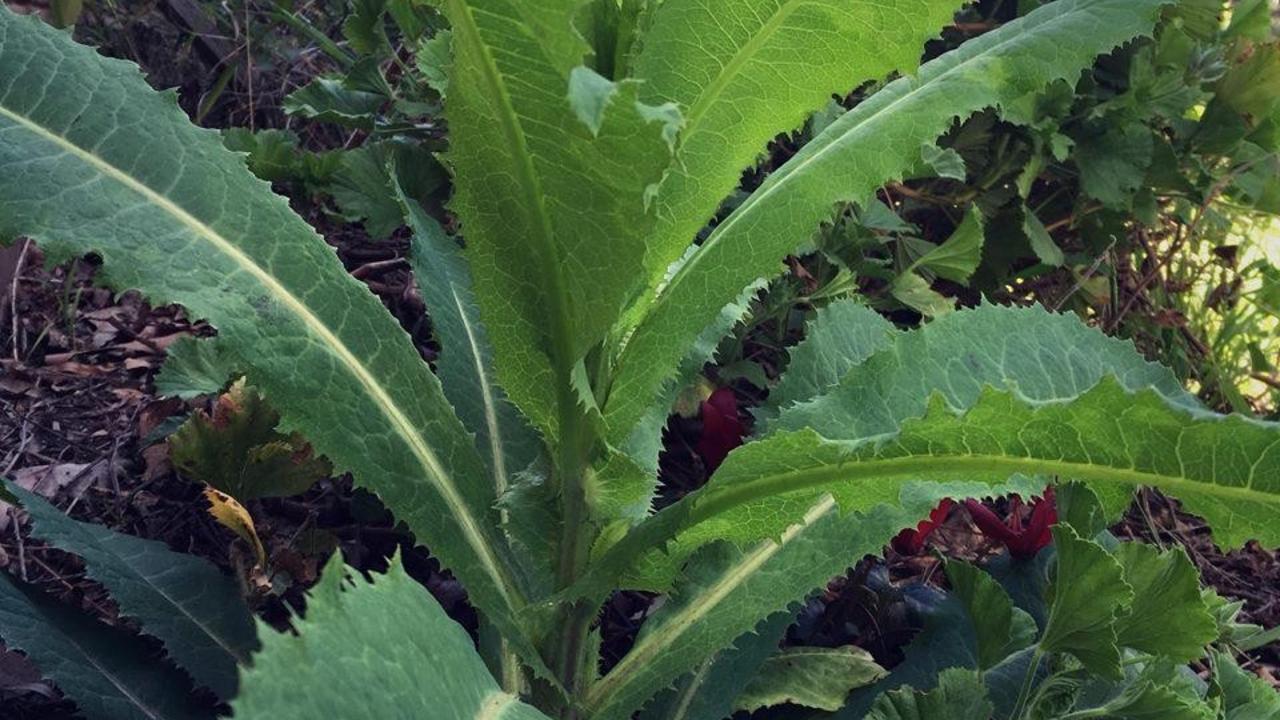Wild Lettuce; Lactuca virosa
Aug 20, 2020
So I'm writing this as a blog post today because apparently the Instagram feed only lets me ramble so much, lol. Too many words they say... geez...
It's always fun wandering around a yard in Spring. Especially if it's not been manicured beyond oblivion and some of the ‘weeds’ are left to grow enough that I can ID them. I was pleasantly surprised this week to find a really interesting plant growing in a patch in the corner of my garden:
Wild Lettuce, Opium Lettuce, Wild opium, or Lactuca Virosa.
This extremely common ‘weed’ has been doing the rounds on all of the social media platforms of late, in particular since codeine products have been taken off the public shelves.
As its name suggests, ‘wild opium’ contains opium-like properties that can be used medicinally in many different ways...
What's the Wild Lettuce?
In the herbalist world, wild lettuce is a (narcotic) nervine and antispasmodic herb, meaning that it can help to settle the central nervous system, reduce anxiety and encourage restful deep sleep. Due to its ability to bind to the opioid receptors in the brain, it also has properties that can help with pain relief, especially In the realm of nerve pain, or pain where there is spasming or tension as the driver. It is also useful for coughs, in particular dry, irritating coughs- wild lettuce can help soothe the nerve reflex that causes these types.
It is best harvested between when the plant is growing stalks and when it's flowering. Personally, I like to harvest on the rising-to-full moon (with any of the sap-producing herbs), purely because this is when the sap is most active and concentrated.
How to prepare the Wild Lettuce
Wild lettuce can be made in a number of different preparations, depending on the strength of actives required. A simple infusion can be made from the fresh or dried plant, but I will warn you that the actives in the sap are particularly bitter! So you might want to consider blending it with other herbs as well.
The sap and its constituents are easily extracted in water, and many herbalists will simply chop the sappy aerials and cover them with water in a pot. A gentle simmer will help extract the sap from the fibers in the plant. Strain the liquid to remove any of the plant material and then return the liquid to a pot and reduce on low heat until the water component has been evaporated out and you are left with a thicker (active and extremely bitter!) syrup type preparation.
Traditionally, the plant was harvested when it was in bloom. The flowerheads were cut and the sap was harvested from the bleeding flower stems. The plant would then renew its flowers and the process was repeated. Honestly, though, this plant seems to grow so prevalently in so many areas, I would suggest just harvesting the aerials whenever suits you (keeping in mind that the fuller moons will encourage both flower production and a greater sap production high in the plant).
If you want to get even more technical, picking after a warmer day or a dry spell can also help ensure the actives are more concentrated in the plant.
I actually have a huge amount of this herb growing in a corner of my yard, so (much to my neighbors’ disgust), I will be letting some of it go to seed so I can regrow it again next year... possibly in a more suitable area... but also if anybody is wanting some seeds for themselves, please feel free to PM me.
Stay connected with news and updates!
Join our mailing list to receive the latest news and updates from our team.
Don't worry, your information will not be shared.
We hate SPAM. We will never sell your information, for any reason.

